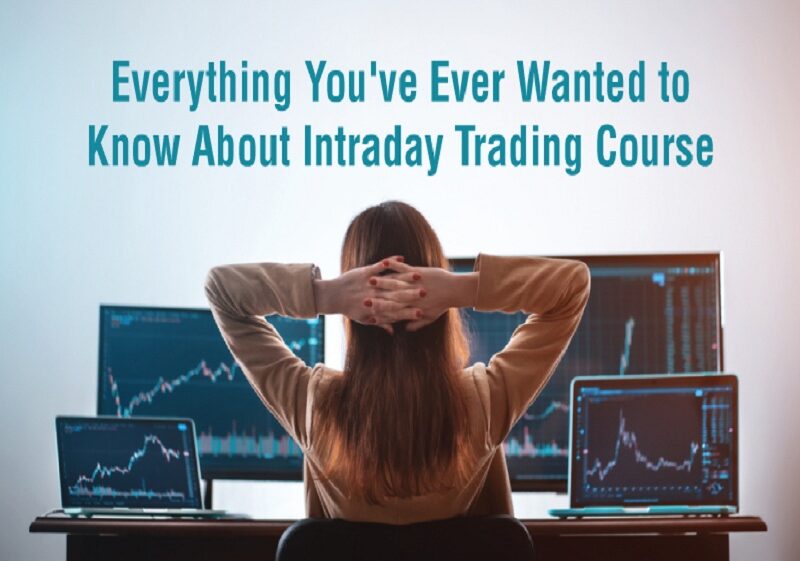The Forex market, short for “foreign exchange market,” stands as the largest financial market worldwide, where currencies are traded around the clock, except for Forex market holidays. This market facilitates the buying, selling, and exchange of currencies at current or determined prices, playing a pivotal role in the global financial system. Unlike stock markets, which have specified hours and can close for holidays, the Forex market operates 24 hours a day, five days a week, closing only for Forex Market Holidays. This near-continuous operation is due to the global nature of the market, with trading moving across major financial centers in Tokyo, London, and New York as different trading hours overlap or commence.
Significance
The sheer size and liquidity of the Forex market are unmatched, with daily trading volumes exceeding $6 trillion. This colossal market plays a crucial role in enabling global trade and investment, allowing businesses to convert profits from foreign sales, investors to diversify portfolios globally, and countries to conduct trade in the most stable and efficient manner possible. Its liquidity ensures that large trades can be executed without a significant impact on prices, which is essential for maintaining the stability of global financial markets.
Participants
The Forex market hosts a diverse array of participants, each contributing to the depth and liquidity of the market. Retail traders, individuals who trade on their own account, represent a growing segment, leveraging platforms provided by brokers to access the market. Institutional investors, including hedge funds, pension funds, and insurance companies, trade large volumes that can move the market. Banks, both large multinational ones and smaller regional ones, facilitate the majority of Forex transactions through the interbank market, dealing not only on behalf of clients but also for their own accounts. Governments and central banks participate as well, not primarily for profit but to influence currency values and meet economic targets, such as controlling inflation or boosting exports. Each of these participants plays a role in the dynamic environment of the Forex market, contributing to its vibrancy and complexity.
How Trades Are Executed in the Forex Market
Currency Pairs
Trading in the Forex market is conducted through currency pairs, where the value of one currency is relative to another. These pairs are categorized into three main types: majors, minors, and exotics. Major pairs involve the US Dollar and a significant currency like the Euro, Japanese Yen, or British Pound (e.g., EUR/USD, USD/JPY). They are the most traded pairs, known for their liquidity and lower spreads. Minor pairs, or crosses, do not include the US Dollar but involve other major currencies (e.g., EUR/GBP, AUD/JPY). These pairs are less liquid than the majors but still popular among traders. Exotic pairs consist of one major currency and one from a smaller or emerging economy (e.g., USD/SGD, EUR/TRY). Exotics are less liquid and can have higher spreads, but they offer potential for high returns due to their volatility.
Spot Market, Forward Market, and Futures Market
Forex trades can occur in one of three markets: the spot, forward, or futures markets. The spot market is where currencies are bought and sold based on their current price, with transactions typically settled within two business days. It is the largest market for forex, reflecting the real-time value of currencies. The forward and futures markets involve contracts to buy or sell a specific amount of currency at a predetermined price on a set date in the future. In the forward market, these contracts are customized between two parties, often used for hedging purposes. Futures contracts are standardized and traded on exchanges, providing more transparency and regulation but less flexibility than forwards.
Trading Platforms and Brokers
Modern Forex trading is predominantly executed through online platforms, making the market accessible to a global audience of traders. These platforms offer a range of tools for analyzing the market, executing trades, and managing risk. Brokers play a crucial role in this ecosystem, acting as intermediaries between retail traders and the vast Forex market. They provide the platforms, leverage options, and liquidity access necessary for trading. Choosing the right trading platform and broker is critical for success in Forex trading. Important considerations include the reliability of the platform, the quality of trade execution, the spreads and fees charged by the broker, and the level of customer support provided. Additionally, regulatory compliance of the broker should be verified to ensure the security of funds and fair trading practices.
Price Determination and Analysis
Factors Influencing Forex Prices
The value of currencies in the Forex market is influenced by a myriad of factors spanning economic, political, and market dynamics. Economically, indicators such as GDP growth rates, unemployment figures, inflation rates, and central bank monetary policies play a pivotal role. For example, an interest rate increase by a central bank typically strengthens its currency, as it attracts foreign capital seeking higher returns. Politically, stability, election outcomes, and geopolitical events can significantly impact investor confidence and currency values. Market sentiment, influenced by news, reports, and global events, also affects Forex prices, making them highly volatile and unpredictable at times.
Technical vs. Fundamental Analysis
Forex traders rely on two main types of analysis to make trading decisions: technical and fundamental.
Technical Analysis: This approach uses historical price data and chart patterns to predict future movements. Traders utilize a variety of tools and indicators, such as moving averages, Relative Strength Index (RSI), Fibonacci retracements, and Bollinger Bands, to identify trends, support and resistance levels, and potential market reversals. Technical analysis is based on the idea that price movements are not random and that past trading activity can provide clues about future price movements.
Fundamental Analysis: Conversely, fundamental analysis focuses on economic indicators, central bank policies, and political events to gauge a currency’s strength or weakness. This approach might involve analyzing interest rates, economic growth rates, unemployment rates, and other macroeconomic indicators. Fundamental analysts aim to determine a currency’s intrinsic value by assessing the economic conditions that affect its demand and supply.
Leverage and Margin
Leverage and margin are two concepts that significantly influence Forex trading dynamics. Leverage allows traders to control a large position with a relatively small amount of capital. It amplifies both potential profits and losses, making it a double-edged sword. For example, with a leverage ratio of 100:1, a trader can control a $100,000 position with just $1,000 of capital.
Margin is the required amount in the trading account to open and maintain a leveraged position. A margin call occurs when the account balance falls below the required margin level, prompting the trader to either add more funds to the account or close positions to cover the margin deficit.
While leverage can increase profit potential, it also raises the risk of significant losses, especially in the highly volatile Forex market. Therefore, understanding and carefully managing leverage and margin is crucial for successful Forex trading, emphasizing the importance of risk management strategies to protect against adverse market movements.
Regulation and Risk Management
Regulatory Framework
The Forex market operates globally, with no single centralized regulatory authority overseeing it. However, it is subject to the regulatory frameworks of the countries where it operates. Major regulatory bodies include the U.S. Commodity Futures Trading Commission (CFTC) and the National Futures Association (NFA) in the United States, the Financial Conduct Authority (FCA) in the United Kingdom, and the Australian Securities and Investments Commission (ASIC) in Australia, among others. The purpose of these regulations is to protect traders from fraud, manipulation, and abusive practices, ensuring fair and transparent trading conditions. Regulatory bodies enforce rules on leverage, client fund segregation, and mandatory reporting to safeguard the integrity of the Forex market and the interests of individual traders.
Risks Involved in Forex Trading
Forex trading involves several risks that traders must be aware of:
Market Risk: The risk of losses resulting from movements in the Forex market. Due to its high volatility, currency values can fluctuate rapidly, affecting trading positions.
Leverage Risk: Leverage allows traders to control large positions with a relatively small amount of capital. While it can amplify profits, it also increases the potential for significant losses.
Counterparty Risk: The risk that the broker or financial institution facilitating the trade will fail to fulfill their end of the transaction. This is where the importance of trading with regulated brokers comes into play, as they are required to maintain certain standards and protections for their clients.
Risk Management Strategies
Effective risk management is crucial for success in Forex trading. Strategies to mitigate risk include:
Setting Stop-Loss Orders: A stop-loss order is an instruction to close a trade at a certain price level to limit potential losses. It is a fundamental tool for managing risk and protecting investment capital.
Using Proper Leverage: While leverage can increase the potential for higher profits, using it cautiously is essential to prevent significant losses. Traders should use leverage in accordance with their risk tolerance and trading strategy.
Ongoing Education and Staying Informed: The Forex market is influenced by a wide range of factors, including economic indicators, political events, and market sentiment. Staying informed about these factors and continually educating oneself on Forex market dynamics and trading strategies can help traders make more informed decisions and better manage risk.
In addition to these strategies, diversification of trading strategies and currency pairs, as well as the use of protective orders like take-profit orders, can further help in managing and mitigating risk. Ultimately, understanding and implementing sound risk management practices are key to achieving long-term success in the Forex market.



